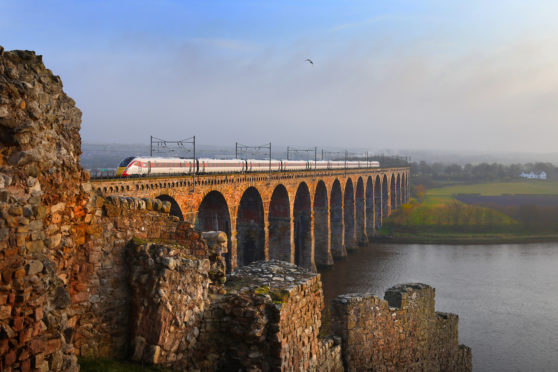Modern trains inspired by the famous high-speed “bullet” models used in Japan will be introduced across the north and north-east.
The trains have been named Azuma, which is Japanese for east, and will be operated by London North Eastern Railway (LNER) taking passengers to and from Glasgow, Aberdeen and Inverness.
Built by Hitachi in Japan and the UK, the fleet will feature more seats, increased leg room and more tables compared to the Intercity 125 trains which they will replace.
The new models also feature the latest technology, meaning they are more resilient and better for the environment.
LNER said the 125mph Azumas will go into service on the London King’s Cross to Aberdeen route at the end of November, with trains running on the London King’s Cross to Inverness line from early December.
Incorporating technology from Japan’s famous “bullet trains”, 65 Azumas will eventually replace 45 LNER trains.
The organisation’s managing director, David Horne, said: “I am delighted that Azuma will be introduced on our Aberdeen and Inverness routes over the coming months.
“This will mean that Azuma will be calling at all of our Scottish destinations, marking an important moment in the roll-out of the new trains and helping us to transform the travel experience for customers.”
Azuma services were introduced between Glasgow Central and London King’s Cross from yesterday, replacing the Class 91 electric train which served the route previously.
General manager for Hitachi in Scotland, Tim Olton, said: “It is just a different generation of train in terms of its technology, the comfort of the ride, and the acceleration is just far superior.”
The Azuma trains are part of the UK government’s £5.7 billion Intercity Express programme.
The Scottish Government has previously said that the new fleet of trains would make train travel a more attractive option in the north and east of Scotland.
LNER trains call at 53 stations along the east coast route, totalling 936 miles between London and Inverness.
